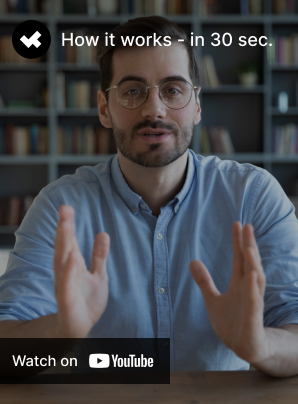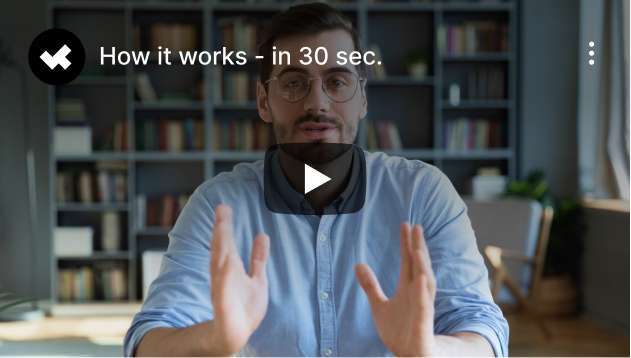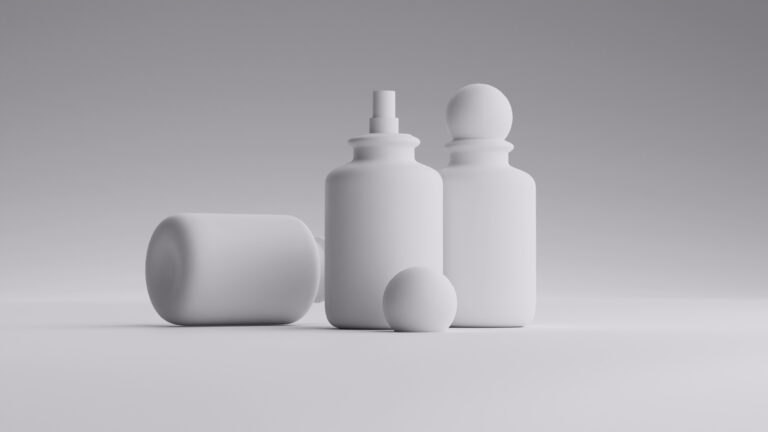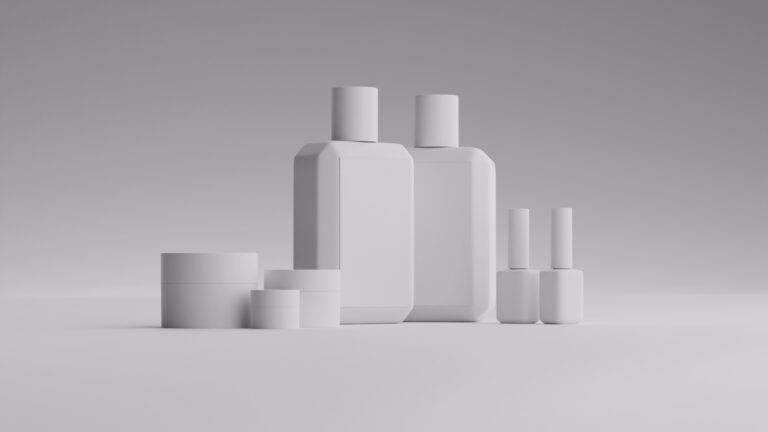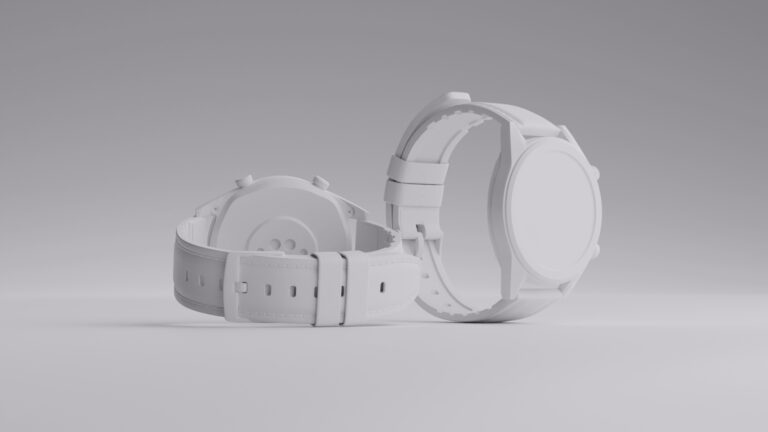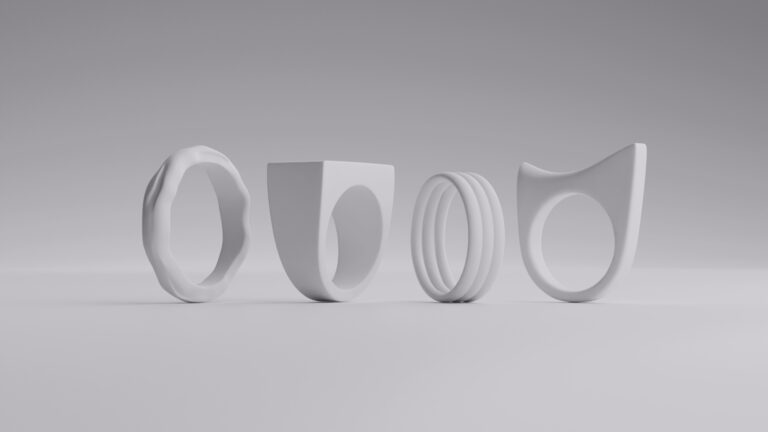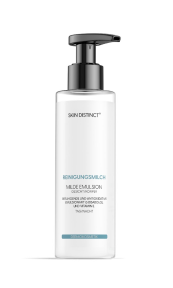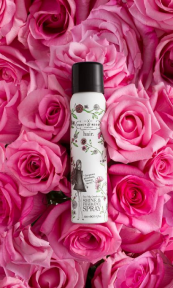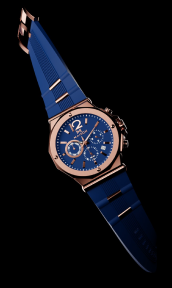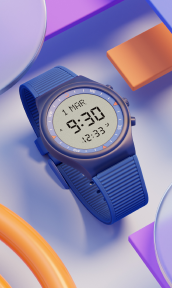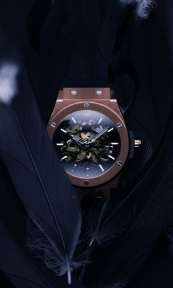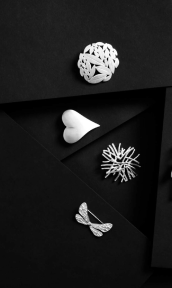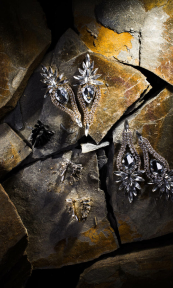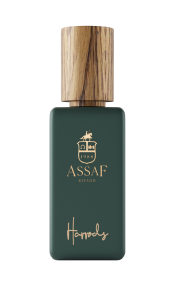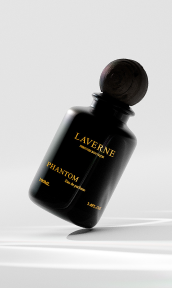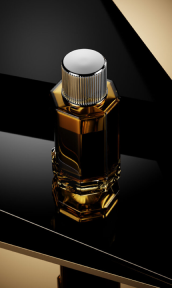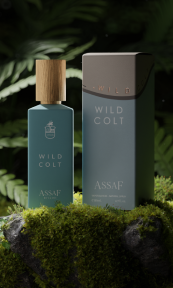There’s something magical about seeing a product in action. Not just on a plain white background, but in the hands of real people, in real spaces, doing real things. That’s where lifestyle images come in — and they’re doing a whole lot more than looking pretty. These powerful visuals are changing the game in ecommerce, marketing, and branding, turning browsers into believers and shoppers into loyal fans.
So why does lifestyle photography matter so much? Because people don’t just buy stuff. They buy into a feeling. A (pun intended) lifestyle. A moment they can picture themselves living in. From emotional storytelling to showing off practical use cases and winning over social media algorithms, lifestyle product photography gives your brand the secret sauce it’s been missing. Let’s dig in.
Creating emotional connections with customers

At the heart of every purchase is a feeling. And while plain product photos on white backgrounds do serve a purpose — offering a clean, distraction-free view of the item — they can also feel a little sterile.
Lifestyle images tap into those feelings fast — way faster than plain packshots ever could. They pull customers into a mood, a moment, a story. Think about it. A cozy blanket draped over a sofa in soft morning light says comfort and calm. A protein shaker in the hands of a sweaty, smiling runner screams health and motivation. You’re not just selling a blanket or a bottle — you’re selling the vibe.
According to recent studies, emotional connection is a key driver behind why people choose one brand over another. And lifestyle photos hit that emotional bullseye. They let customers picture themselves in that scene, living that life, using that product. It turns passive scrolling into a “Hey, I want that.”
Plus, lifestyle images can reflect values, identities, and aspirations. A sustainable beauty brand, for example, might show a morning skincare ritual in a sunlit bathroom filled with bamboo and glass, subtly reinforcing the brand’s eco values. That’s emotional connection through visual storytelling. It builds trust, loyalty, and a sense of belonging.
Finally, lifestyle imagery makes your brand feel human. A sterile studio shot might be technically perfect, but a lifestyle photo feels real. Imperfect, natural, lived-in — just like your customer. And that relatability is ecommerce gold.
Conclusion: If you want customers to feel something real about your products, lifestyle photography is the shortest path to their hearts (and their wallets).
Enhancing product appeal

A product might be good on its own, but when it’s placed in a beautiful, aspirational setting? That’s when it starts to shine.
Lifestyle photography boosts product appeal by showing it in its best possible light. Literally and figuratively. Instead of a lone item on a white background, you’re placing it in a well-designed home, on a stylish model, or at the center of a joyful moment. That extra context instantly adds value and desirability.
Think of an ordinary coffee mug. On a white background, it’s alright. But in a lifestyle image with morning sunlight, a croissant, and a cozy knit sweater? That mug suddenly feels like the start of a perfect day. And now, you don’t just want the mug. You want the whole moment.
Data backs it up. Product pages with lifestyle imagery can increase conversions by up to 65%. Why? Because context reduces doubt. When customers see how something fits into their daily life, they’re more confident it’ll work for them too.
And here’s a bonus: lifestyle photography lets you spotlight design features and details that might get lost in a packshot. Think about textures, scale, or usage. A simple tote bag looks ten times better when you see someone using it at the farmers market, slinging it over their shoulder full of tulips and good vibes.
Conclusion: Lifestyle photography doesn’t just show off your product — it elevates it. It makes it look better, feel more useful, and seem more essential.
Demonstrating product functionality

Customers don’t just want pretty. They want practical. Lifestyle images are the clearest, fastest way to demonstrate how a product actually works.
When you show your product being used — opened, worn, poured, cooked, styled — you eliminate confusion and build confidence. This is especially true for products that aren’t self-explanatory. Think multi-use gadgets, skincare routines, tech accessories, or modular furniture. Lifestyle photography helps answer the how, where, and why without a single word.
For example, a lifestyle product photo of a collapsible water bottle being folded and packed into a gym bag tells the whole story in one image. That’s visual communication at its best.
A recent study found that customers are three times more likely to engage with content that shows product functionality. Why? Because people want to know what they’re getting, and how it fits into their routine. The clearer the demonstration, the lower the returns and the higher the satisfaction.
Also, lifestyle shots give your product scale. Instead of guessing how big that backpack is, your customer can see it on someone’s back, next to a laptop, or packed for a weekend trip. That cuts down on disappointment and boosts clarity.
Conclusion: Showing your product in action through lifestyle photography removes doubt, answers questions, and shows off what your product can really do.
Boosting social media engagement and brand identity

Now let’s talk about the scroll-stopping power of lifestyle images. Because when it comes to social media, aesthetics matter — and lifestyle photography delivers big.
People scroll past plain product shots without a second thought. But give them a beautiful, relatable scene, and suddenly, they’re pausing, liking, and sharing. A strong lifestyle photo transforms your product into content worth engaging with. It sparks interest, boosts your reach, and builds brand love organically.
Social platforms are built on storytelling, and lifestyle images give your product a role in that story. Whether it’s a picnic in the park with your new blanket or a flawless makeup look created with your eyeshadow palette, you’re giving people something they can imagine themselves doing (and reposting).
Lifestyle photography increases social engagement rates by up to 120% compared to standard product shots. That’s because it blends seamlessly into users’ feeds, while still drawing the eye with aspirational visuals.
And don’t underestimate the branding value. Lifestyle photography or Branding Photoshoot lets you control the aesthetic universe around your product. Think colors, lighting, models, and locations that align with your brand voice. Whether you’re going for minimalist chic or vibrant boho, these photos build a visual identity that sticks.
Conclusion: Want your products to stand out on social and leave a lasting impression? Lifestyle photography makes your brand look good, feel real, and get shared.
How to integrate lifestyle photography into your marketing strategy

Lifestyle images go way beyond looking nice. They’re powerful, strategic tools that can drive results across your entire marketing funnel. The trick is knowing how to use them in all the right places, from product pages to paid ads.
Start with your product pages. Add 2–3 lifestyle images alongside your classic packshots. This combo gives customers both clarity and inspiration. Brands that use a mix of white-background and lifestyle shots see significantly higher conversion rates.
Next, build a library of reusable content. Plan your lifestyle product photoshoot with multi-channel use in mind: ecommerce sites, Instagram, email campaigns, and even packaging inserts. You’ll get more value out of every single image.
Don’t forget your paid ads. A/B testing has shown that Facebook and Instagram ads using lifestyle images often outperform traditional shots by double-digit margins. That’s because they blend in while still converting — the best of both worlds.
And here’s a smart tip: think seasonally. Rotate lifestyle shots to match holidays, weather, and trends. A scarf looks different in a snowy street versus a crisp autumn morning. This keeps your content fresh and relevant year-round.
Conclusion: Strategic use of lifestyle photography multiplies the power of your visuals across platforms, boosting ROI and building brand consistency with every click.
Why CGI is perfect for lifestyle product photography

Modern problems need modern solutions, and when it comes to creating high-quality lifestyle images, CGI delivers on every front. Whether you’re launching a new line or refreshing your visuals for the season, computer-generated imagery gives you the control, speed, and flexibility that traditional photography struggles to match.
Let’s break down exactly why CGI is becoming the go-to choice for ecommerce brands everywhere.
Unlimited creative freedom
With CGI, you’re no longer limited by physical locations, natural lighting, or the availability of props and models. You can build any scene you want — a coastal kitchen at sunrise, a minimalist loft in Tokyo, a cozy cabin in the woods — all from your desk. No scheduling. No weather delays. No travel costs.
This opens up huge creative potential. You can tailor every single visual element to your brand — the color palette, the furniture style, even the time of day. That kind of consistency across campaigns helps reinforce your visual identity and makes your brand more memorable.
Fast turnaround and scalable content
CGI makes it easier to go from concept to publish-ready image in record time. Need product visuals for an urgent launch? Want 20 lifestyle images in five different color variants? CGI can handle that. Fast.
Once your 3D product model is ready, it becomes a reusable asset. You can rotate it, recolor it, change the environment, or zoom in for close-ups, all without starting from scratch. That scalability saves time, cuts costs, and keeps your marketing fresh.
Studies show that brands using CGI workflows see major improvements in both production efficiency and speed to market. In ecommerce, where timing matters, that’s a serious edge.
Perfect quality and post-editing control
Traditional photos are limited by the conditions of the shoot. CGI, on the other hand, starts from a clean, pixel-perfect base, which means your images come out crisp, polished, and incredibly detailed. Need a reflection adjusted or lighting softened after rendering? No problem.
And because there’s no compression or quality loss with CGI renders, you can edit, resize, and repurpose them endlessly without degrading the image. That means your visuals stay sharp across every platform, from giant billboards to tiny mobile screens.
Cost-effective and sustainable
CGI also wins when it comes to budget and sustainability. No more flying teams across the world, shipping dozens of product samples, or building elaborate sets that only get used once. You skip the logistics and cut waste dramatically.
For brands looking to minimize their environmental impact, CGI offers a cleaner, more conscious way to produce high-quality visuals. You reduce your carbon footprint while still delivering show-stopping imagery — a win for your brand and the planet. And let’s be real: Millennial and Gen Z customers notice that kind of effort. They care deeply about sustainability, and they’re more likely to support brands that align with their values.
Conclusion: CGI is a really smart investment in flexible, efficient, and visually stunning product photography. With full control over every detail, rapid scalability, and clean, reusable assets, it gives ecommerce brands a clear path to stronger visuals and better results.
If you’re ready to elevate your lifestyle images without the hassle of traditional shoots, CGI might just be your new favorite tool in the creative toolkit. And when you’re ready to see it in action, our team here at Welpix will be right here to help. Write us today and we’ll talk you through the easy process.
Wrapping up
Lifestyle photography has completely changed the way brands connect with customers. From emotional connection to product clarity, brand identity to social media virality, lifestyle images carry your product further than a plain studio shot ever could.
And the best part? You don’t have to break the bank or plan an international photoshoot. With CGI lifestyle images, you get the beauty of real-life settings with the control and precision of digital design — all made possible by pros who get product marketing.
So if you’re ready to boost conversions, engage your audience, and make your brand unforgettable, it’s time to invest in lifestyle product photography. Better yet, do it the smart way. Do it with CGI. Do it with Welpix.
FAQ
What’s the difference between lifestyle and product photography?
Product photography focuses on the item itself, usually on a plain background. Lifestyle photography shows the product in a real-world setting, often in use, to tell a story and create emotional engagement.
Why do lifestyle images convert better than studio shots?
Because they create emotional connections and show context. Shoppers can imagine themselves using the product, which boosts confidence and desire.
Can CGI really replace traditional lifestyle photoshoots?
Absolutely. With today’s tech, CGI can create stunning, photorealistic images that look indistinguishable from real-life photography, with more flexibility and less hassle.
How many lifestyle images should I use per product?
Ideally, 2–3, alongside your main product images. Enough to show use, environment, and vibe without overwhelming your product page.
Where can I get lifestyle CGI images made professionally?
Right here at Welpix. We specialize in ecommerce lifestyle photography using cutting-edge CGI that’s cost-effective, scalable, and brand-aligned.






